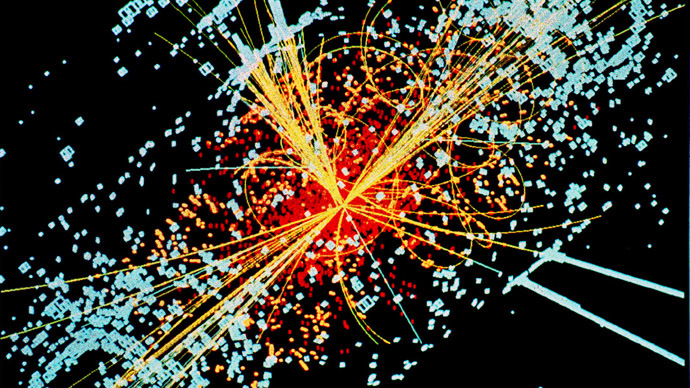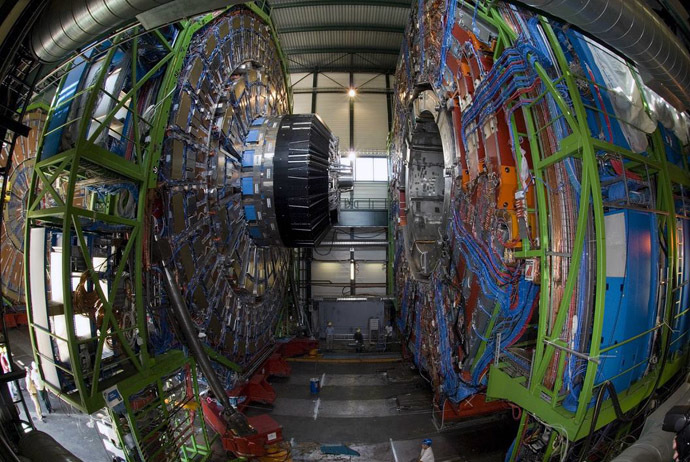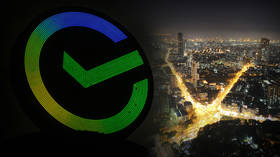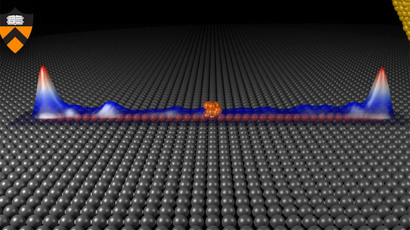Minuscule mistake? Discovered Higgs boson may appear to be a techni-higgs, scientists say

The discovered elusive Higgs boson, first predicted theoretically, turns out to may have been a different particle after all. A team of international researchers have claimed that it could be an even more mysterious techni-higgs.
Higgs boson, or the so-called “God particle”, detected by the European Organization for Nuclear Research (CERN) in 2012, was regarded as a breakthrough in modern physics. Peter Higgs and Francois Englert were awarded a Nobel Prize for their work on the Higgs boson theory, which presents it as an elementary particle in the Standard Model of Particle physics.
However, according to the paper, published in the journal Physical Review D, by the scientists at the University of Southern Denmark's Center for Cosmology and Particle Physics Phenomenology, this discovery could have been, in fact, another particle, although also undetected.

The team of British, Belgian and Dutch scientists claimed that the data obtained by CERN scientists at the Large Hadron Collider (LHC) could be explained not only by the Higgs boson existence.
"The current data is not precise enough to determine exactly what the particle is," said particle physicist Mads Toudal Frandsen in a press-release. "It could be a number of other known particles."
A possible alternative to the Higgs boson could be another unique theoretical particle, called the techni-higgs.
"This particle is in some ways similar to the Higgs particle – hence half of the name," he said.
But the particles differ in a significant way. First of all, the techni-higgs particle – should it be real – is a concept from another competing theoretical model of the creation of the universe.
"A techni-higgs particle is not an elementary particle. Instead, it consists of so-called techni-quarks, which we believe are elementary," Frandsen said.
The Higgs boson also can’t provide explanation for the dark matter – regarded as accounting for 85 percent of the matter in the universe, which neither emits nor absorbs light.
"Techni-quarks may bind together in various ways to form for instance techni-higgs particles, while other combinations may form dark matter. We therefore expect to find several different particles at the LHC, all built by techni-quarks," the scientist explained.
He suggested that what CERN researchers had found was either the Standard Model's Higgs particle or a techni-higgs particle, made up of two techni-quarks brought together by the so-called technicolor force - an as-of-yet unknown force of nature. This force is also left unexplained by the Standard Model, which includes only gravity, the electromagnetic force, the strong nuclear force and the weak nuclear force.
To determine whether the particle detected in 2012 was a Higgs or a techni-higgs, some additional data from CERN will be needed, said Frandsen. The European Organization for Nuclear Research is to upgrade the LHC with a more powerful accelerator, which should be able to observe techni-quarks directly.














